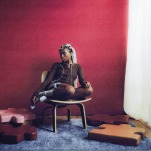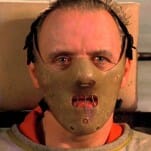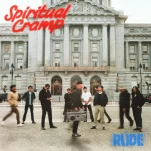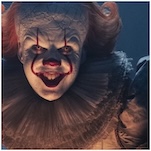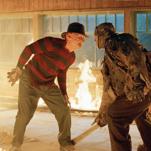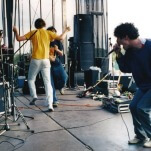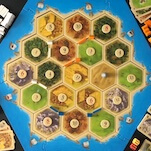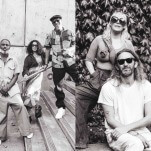Blair Witch
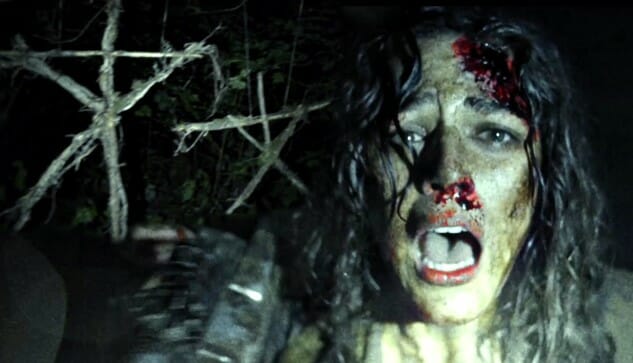
The most puzzling mystery of Blair Witch has absolutely nothing to do with the plot of this supposed sequel, and everything to do with why a promising director the caliber of Adam Wingard would want to be helming this film in the first place.
Wingard, quite simply, is too talented for this dried-out husk of a movie. So is writer/partner Simon Barrett. For two guys who have seemed perpetually on the cusp of breaking through into, say, the “James Wan territory” that has also remained out of reach for their fellow director friends Ti West and Joe Swanberg, Blair Witch can’t be seen as anything but a step in the wrong direction. It’s an apparent attempt to simultaneously pay respects to a film that was novel at its release, but has aged poorly, and redesign that film with a half-baked meta twist it can’t rationalize or defend.
-

-

-

-

-

-

-

-

-

-

-

-

-

-

-

-

-

-

-

-

-

-

-

-

-

-

-

-

-

-

-

-

-

-

-

-

-

-

-

-







